When people think of the seven wonders of the world, they often imagine iconic modern structures like the Great Wall of China or the Taj Mahal. However, long before today’s list was created, there existed an ancient catalog of incredible man-made marvels—known as the Seven Wonders of the Ancient World. These were extraordinary structures that showcased the brilliance, ambition, and artistic capabilities of ancient civilizations. Though most no longer stand today, their legacy continues to inspire architecture, art, and storytelling across the globe.
The great pyramid of Giza
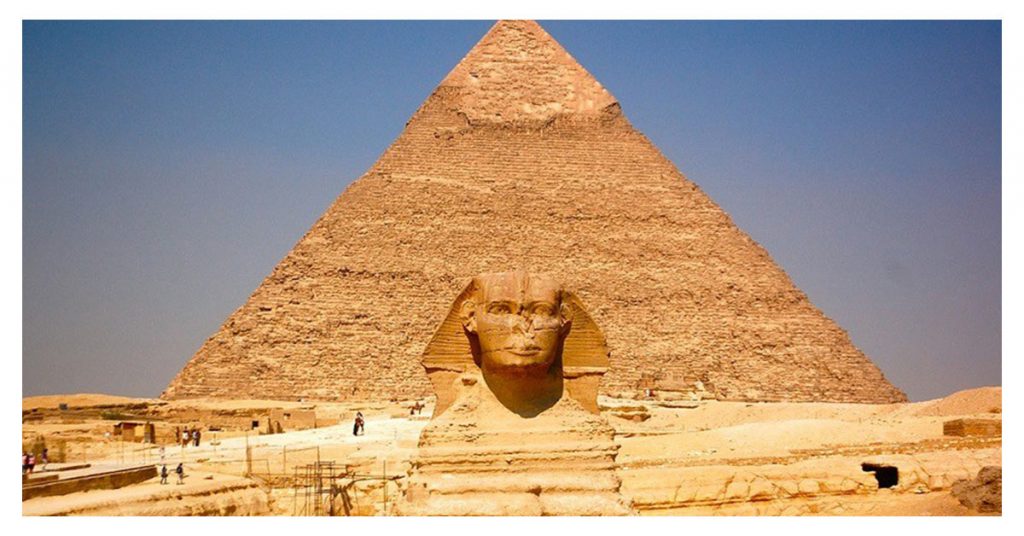
The Great Pyramid of Giza is the only surviving wonder from the ancient list. Located on the Giza Plateau near Cairo, Egypt, this majestic structure was constructed between 2700 B.C. and 2500 B.C. as a royal tomb for Pharaoh Khufu (also known as Cheops). Out of the three main pyramids—Khufu, Khafra (Chephren), and Menkaura (Mycerinus)—Khufu’s is the largest, once standing as the tallest man-made structure for over 4,000 years. Built with an estimated 2.3 million stone blocks, each weighing between 2 and 30 tons, the pyramid is believed to have had a symbolic sloped design to represent the sun god Ra’s rays.
Hanging Gardens of Babylon

Said to be built around 600 B.C. by King Nebuchadnezzar II near the Euphrates River (in present-day Iraq), the Hanging Gardens of Babylon were reportedly a lush, tiered oasis of green built to soothe his homesick wife, Amytis. Greek historians described elevated terraces overflowing with exotic plants and advanced irrigation systems. However, no definitive archaeological evidence of the gardens has been found, leading many scholars to believe that the story of the gardens is a poetic myth.
Temples of Artemis
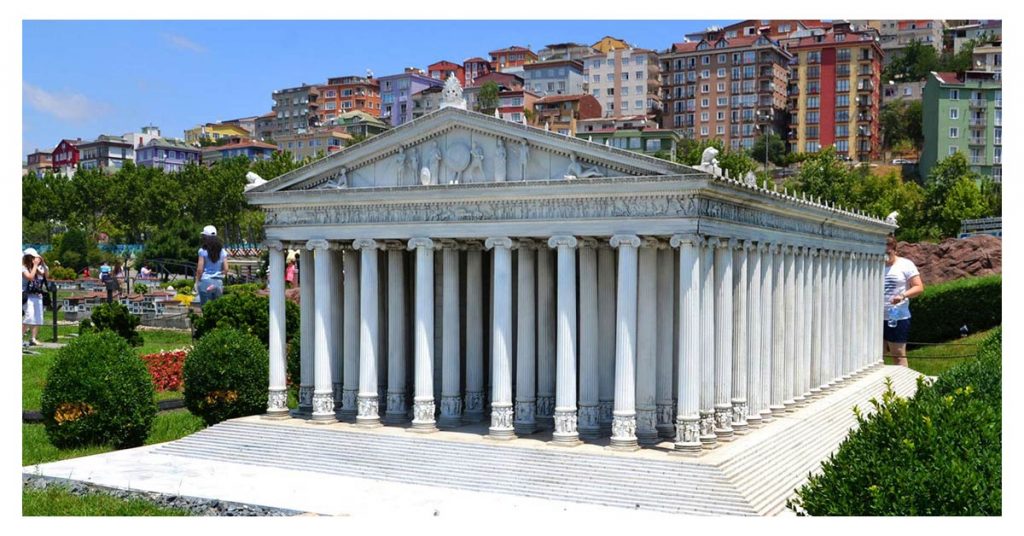
The Temple of Artemis, located in ancient Ephesus (now in modern-day Turkey), was built and rebuilt multiple times due to destruction. The most magnificent version was completed around 550 B.C. and rebuilt again in 350 B.C. It was a masterpiece of Greek architecture, constructed entirely from marble and adorned with fine sculptures. Tragically, it was destroyed by arson in 356 B.C., the same night Alexander the Great was born. Though rebuilt later, it was permanently destroyed during a raid in 262 A.D.
Statue of Zeus
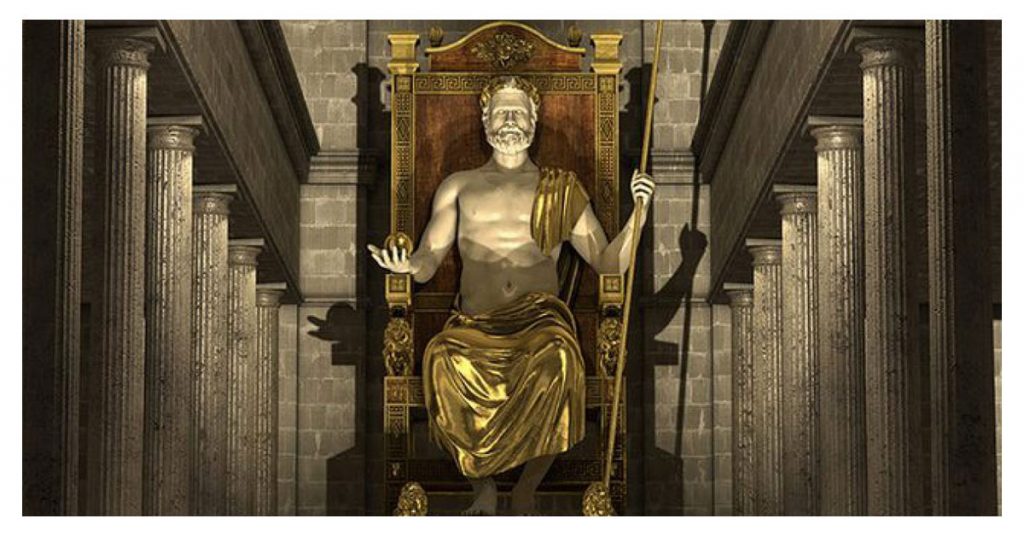
One of the most revered statues of the ancient world, the Statue of Zeus was crafted by the sculptor Phidias around 435 B.C. and placed in the Temple of Zeus in Olympia, Greece. Standing at 40 feet tall, the statue depicted Zeus seated on a grand throne, made of ivory and gold. The artwork was so massive it nearly touched the temple ceiling. According to legend, after completing the sculpture, Phidias asked Zeus for approval—and a lightning bolt struck the temple, a supposed sign of divine satisfaction.
Mausoleum at Halicarnassus

Commissioned by Queen Artemisia in honor of her husband (and brother), King Mausolus, the Mausoleum at Halicarnassus was constructed around 350 B.C. in present-day Bodrum, Turkey. This 135-foot-high tomb was a fusion of Egyptian, Greek, and Lycian architecture, adorned with intricate sculptures and a four-horse chariot at the top. Despite its grandeur, the structure was eventually destroyed by earthquakes in the 13th century. It’s from this wonder that the term “mausoleum” originates.
Colossus of Rhodes
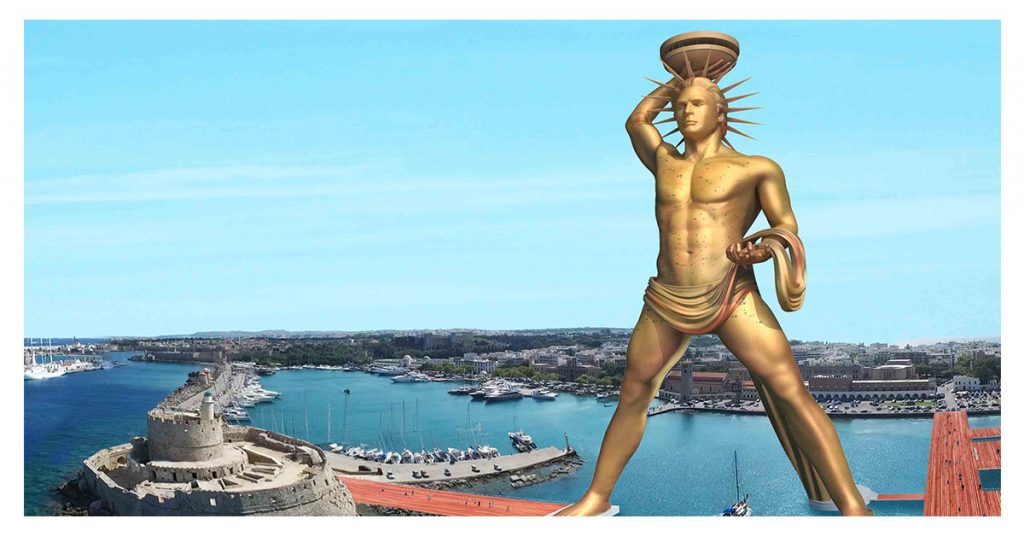
Built in the 3rd century B.C., the Colossus of Rhodes was a massive bronze statue of the sun god Helios, constructed to celebrate Rhodes’ victory over Cyprus. Towering at 100 feet, it was one of the tallest statues of the ancient world and stood for 60 years before being toppled by an earthquake. It was never rebuilt, but its legendary presence continues to symbolize triumph and resilience.
Lighthouse of Alexandra
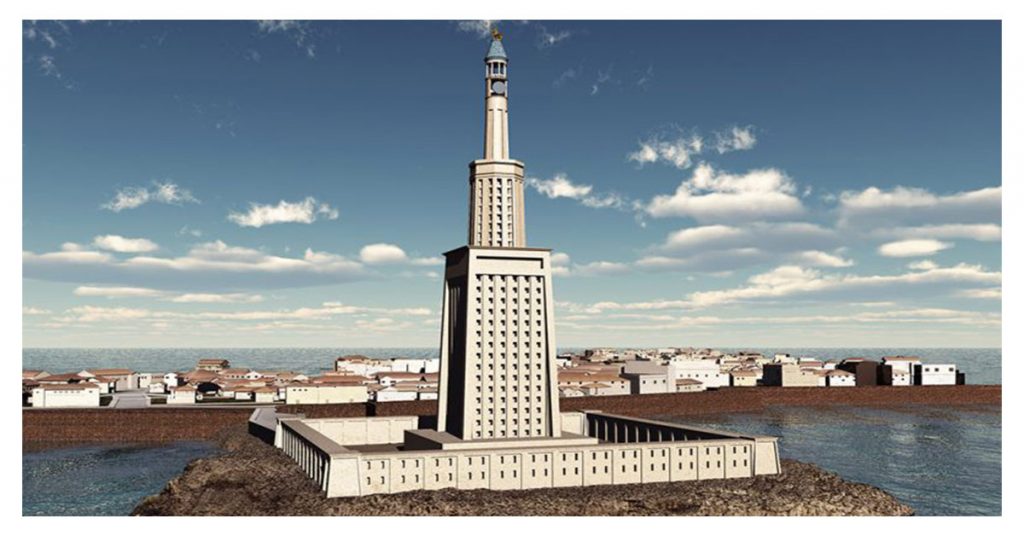
Also known as the Pharos of Alexandria, this lighthouse was built on the small island of Pharos around 280 B.C. during the reign of Ptolemy II. Designed by the architect Sostratus, it stood approximately 300–400 feet tall and guided sailors safely into the busy harbor of Alexandria. Its three-tiered structure—square base, octagonal midsection, and cylindrical top—was topped by a statue, likely of Alexander the Great or Ptolemy himself. Earthquakes eventually led to its destruction, but its design became the blueprint for lighthouses around the world.
Read more – Maine State Tourism: Best Places to visit in Maine
